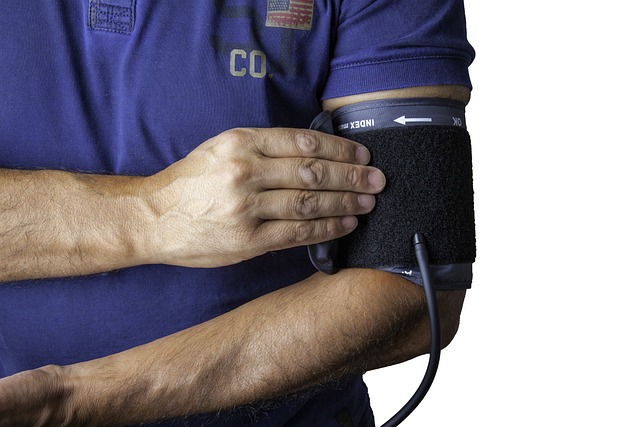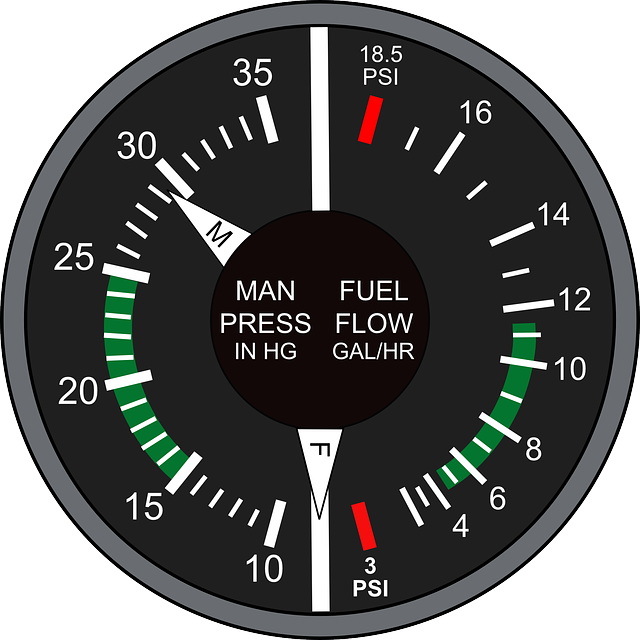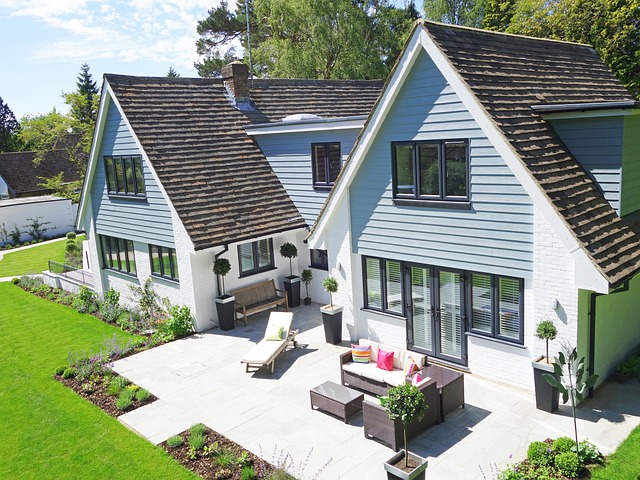Water pressure, crucial for home plumbing efficiency (40-60 psi ideal), impacts appliance performance and daily routines. Low or inconsistent pressure causes issues like weak flow and pipe noises. Homeowners can increase water pressure by monitoring with a gauge, identifying leaks, ensuring valves are fully open, addressing sediment buildup in heaters, and inspecting pipes for obstructions. Proactive management saves costs and ensures optimal plumbing system operation.
Are you tired of low water pressure in your home? Learn how to check and enhance it like a pro with this step-by-step guide. Understanding water pressure is key; it ensures optimal plumbing performance and addresses common issues like weak shower flows or sluggish faucets. Armed with the right tools—a pressure gauge, wrenches, and a few other essentials—you can navigate your home’s plumbing system effectively. Discover techniques to increase water pressure by adjusting aerators, flushing valves, or installing a pressure regulator for a more satisfying experience.
- Understanding Water Pressure and Its Measurement
- – Definition of water pressure and its significance in household plumbing
- – Common issues caused by low water pressure
Understanding Water Pressure and Its Measurement

Water pressure is a critical aspect of your home’s plumbing system, affecting everything from the performance of your appliances to the comfort of your daily routines. Understanding water pressure and how it’s measured is the first step in ensuring optimal performance. Water pressure is typically measured in pounds per square inch (psi), and a healthy range for household water pressure is between 40-60 psi. If you’re noticing issues like low water flow, noises in pipes, or poor performance from fixtures, it might be time to check and adjust your water pressure.
Knowing how to increase water pressure involves a combination of understanding your system and making strategic adjustments. Regularly checking your water pressure gauge, identifying potential leaks, and ensuring that valves are fully opened can all contribute to maintaining or improving water pressure. Additionally, addressing issues with your water heater, such as sediment buildup, and inspecting pipes for obstructions can help in enhancing the overall water pressure in your home.
– Definition of water pressure and its significance in household plumbing

Water pressure is a critical aspect of your home’s plumbing system, ensuring an efficient and effective supply of water throughout your residence. It refers to the force at which water flows through pipes, measured in pounds per square inch (psi). Optimal water pressure is essential for several reasons; it guarantees that appliances like washing machines and dishwashers operate optimally, while also providing a comfortable shower experience. Moreover, adequate pressure prevents clogs and leaks by promoting smooth water flow, thus maintaining the overall health of your plumbing system.
When water pressure drops or becomes inconsistent, it’s time to take action. Understanding how to check and adjust your home’s water pressure is a valuable skill for any homeowner. If you notice weak water flow or hear banging sounds in pipes during use, these could be indicators of low pressure. Learning how to increase water pressure can involve as simple as flushing valves or more involved tasks like replacing aerators. By keeping an eye on this crucial metric, you can ensure your plumbing system operates at peak performance and avoid costly repairs.
– Common issues caused by low water pressure

Low water pressure can lead to a range of issues, from poorly performing appliances and fixtures to a general lack of power in your home’s plumbing system. Some common problems include reduced water flow rates, weak shower pressures, and difficulty operating washing machines or dishwashers effectively. This can result in longer showers, slower cleaning times, and even potential damage to water-using appliances due to the lack of water force. Understanding how to check and adjust your home’s water pressure is a valuable skill that allows you to identify these issues promptly and implement effective solutions, ensuring an optimal plumbing experience. By learning how to increase water pressure, you can avoid these headaches and keep your home’s plumbing running smoothly.
Regularly checking and adjusting your home’s water pressure is a simple yet effective way to ensure optimal plumbing performance. By understanding the basic principles of water pressure measurement, you can quickly identify issues like low pressure, which often leads to reduced flow rates and subpar hot water performance. Armed with this knowledge, you’re equipped to take proactive steps, such as adjusting the pressure regulator or troubleshooting leaks, to increase water pressure and maintain a comfortable, efficient home environment.
